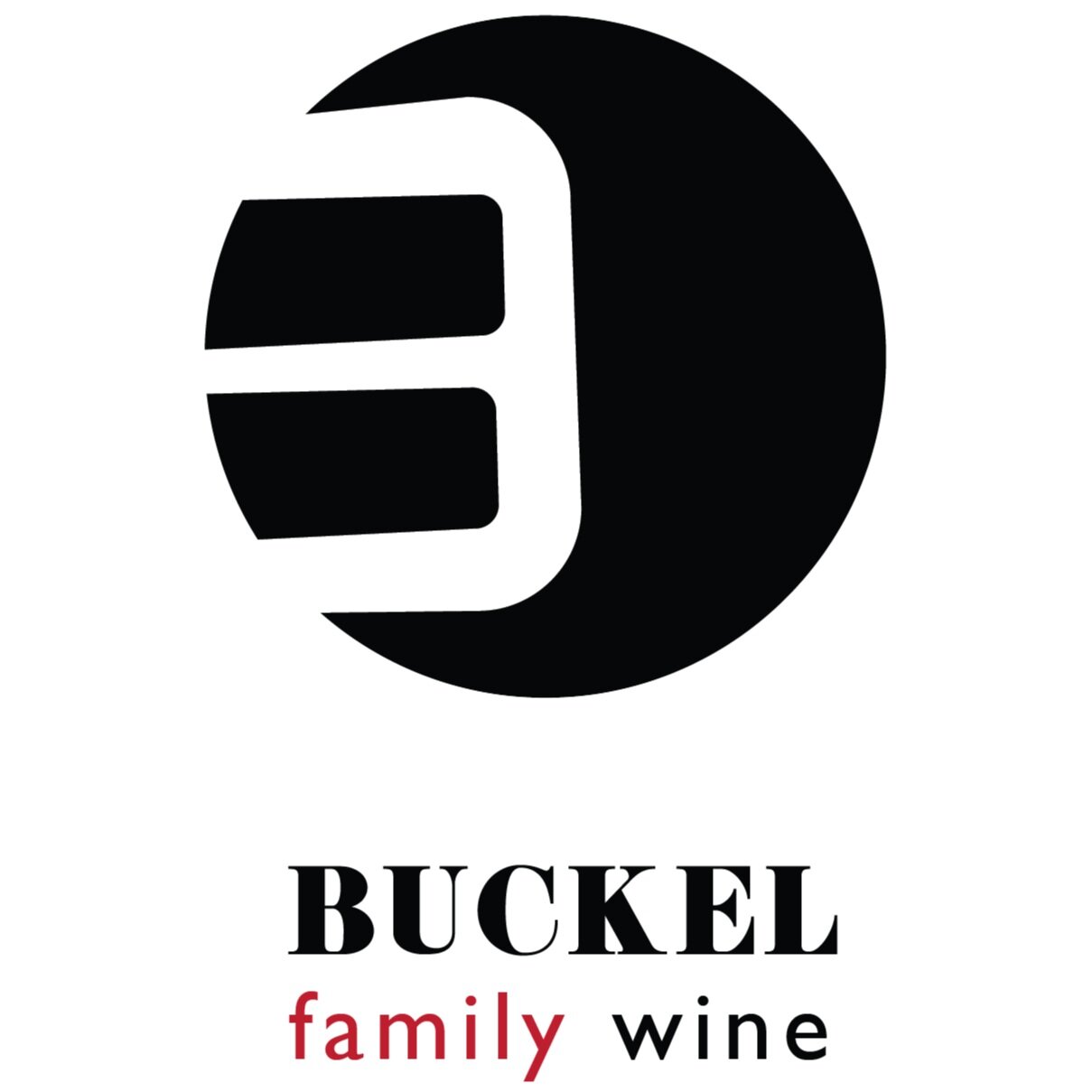Are Wine Corks Sustainable
Is natural cork sustainable?
Every year, the global community of wine drinkers consumes an average of 31 billion bottles. That’s a lot of bottles, it’s also a lot of corks.
Where do corks come from and how are they made?
Cork is harvested from a specific layer of bark from a cork oak tree (Quercus suber). This tree is native to the Mediterranean basin, mostly found in Portugal and Spain. The bark is stripped skillfully with an axe, then the cork is flattened and cut into shape. The tree then regrows its bark over nine years and is returned to and stripped once again. The process has been compared to shearing sheep, as the tree is not harmed in the process and is able to regrow its bark. Cork trees live up to 200 years and are never cut down.
Ecosystem and Biodiversity
The cork forest region is very arid, prone to forest fires and has a very low water table. This said, the cork tree thrives in this environment and in doing so, prevents the region from becoming an eroded desert. The cork forest has the third highest level of forest biodiversity in the world, only after the Amazonian and Indonesian rainforests. There are 13,000 indigenous species of plants, animals and insects that live nowhere else on earth including several extremely endangered species like the Iberian Lynx. The cork trees create a healthy forest ecosystem that preserves wildlife and prevents desertification.
Social Sustainability
The harvesting of cork is a 2,000 year old skilled practice that has been passed down for generations. 90% of the cork forest is owned by single family farmers, and the extremely skilled laborers are the highest paid agricultural workers in all of Europe. Additionally, because of the long-term nature of the work, the cork harvesters have a close relationship with the land and are very invested in maintaining a healthy and sustainable landscape.
Carbon Impact and Alternatives
The cork industry is a ‘zero percent waste’ industry. Every inch of cork goes into making the corks, and the scraps are then ground up and made into other products. The dust from grinding up the cork is collected as biomass, which is burned and used for energy by the companies to run their cork plants.
Alternatively, plastic closures are made from chemicals and are not recyclable. Aluminum screw caps use bauxite which comes from harmful mining practices and cannot be recycled. Cork forests absorb 20 million tons of CO2 every year, and a tree growing back its cork absorbs 10x more CO2 than a normal tree. The aluminum industry burns 18 million tons of coal a day to produce aluminum.
How can we support the cork industry?
At Buckel Family Wine, we use corks for all our wine bottle closures. Even so, they do end up in a landfill at the end of the day, so we are trying to fix that. We are teaming up with Sustainable CB and Cork Club to help reduce our impact. To help participate, collect both your natural and synthetic corks at home and drop them by the winery in Gunnison during business hours (see below). We will then send in a collective larger shipment that will be properly recycled and which contributes two cents per cork to environmental causes.
To learn more visit https://www.corkclub.com/ and https://sustainablecb.org/. Information from this post was sourced from Patrick Spencer’s TedTalk https://www.youtube.com/watch?v=YDE7OXr-5gg.
Gunnison Tasting Room- 1018 Highway 135, Friday-Saturday 2pm-7pm (or by appointment), 970-349-2071

